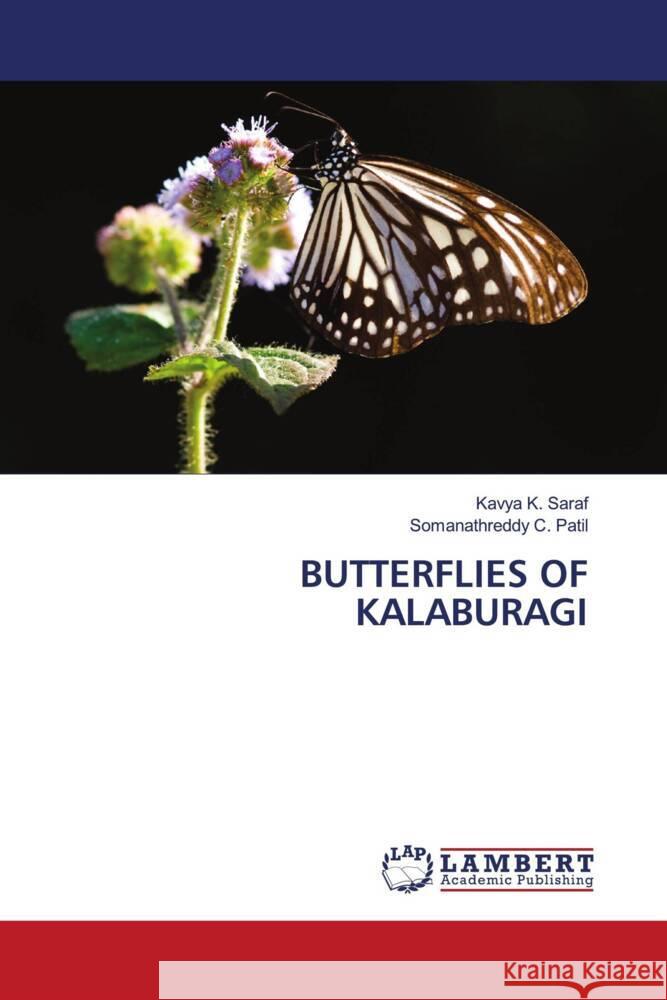BUTTERFLIES OF KALABURAGI » książka
BUTTERFLIES OF KALABURAGI
ISBN-13: 9786208065058 / Angielski / Miękka / 2024 / 256 str.
The term 'butterfly' is derived from the butter-yellow colour of common Brimstone male butterfly of the family Pieridae. The butterflies are cosmopolitan in distribution and occur in every suitable environment, from plains to deserts, forests, and valleys of hills to mountains.Butterflies are holometabolic endopterygote, often wings provided with tails, a characteristics venation and clothed by overlapping scales. The mouth parts are modified into coiled proboscis; the antennae are knobbed or clubbed at the anterior end. Butterfly larvae feed on the leaves of their host plants or diverse plants and some are predaceous on Coccodae, Aphididae and Membracidae. Some Lycaenidae-larvae live in nests of ants and often devour ant-larvae. The adults visits flowers for nectar, while some of the male species congregate on damp or moist places near streams. Some of the species are attracted in large numbers by rotting or over ripe fruit, animal dung and bird-droppings, etc (Arora, Mehta, Walia, 2009). Butterflies are the adult flying stage of certain insects belonging to an order or group called Lepidoptera. Moths also belong to this group. The word "Lepidoptera" means "scaly wings" in Greek.











